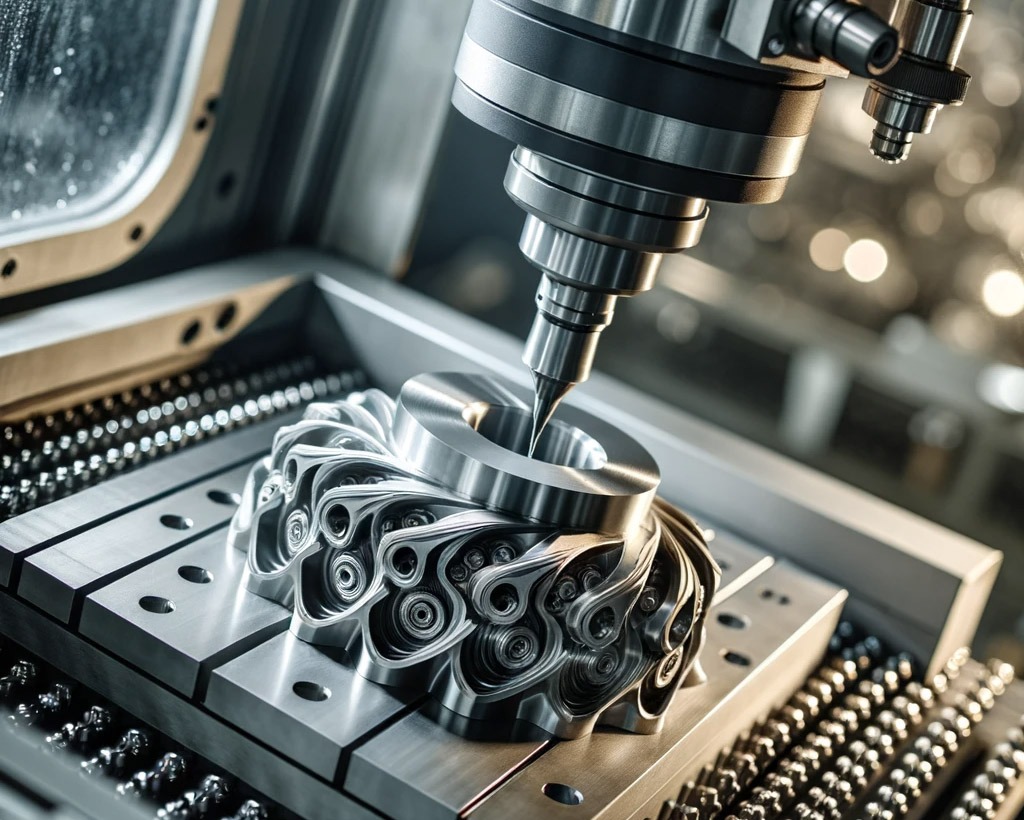Metal fabrication is a complex field that encompasses various techniques and processes used to shape and manipulate metal into desired forms. Among the most prevalent methods are CNC machining, die casting, lost wax casting, forging, and stamping. Each of these processes has its own unique applications, advantages, and intricacies.
CNC Machining
Computer Numerical Control (CNC) machining stands out in precision metal fabrication. Utilizing computerized controls and machine tools, CNC machining creates parts with tight tolerances and excellent surface finishes. This process is ideal for producing complex, three-dimensional shapes that would be difficult or impossible to achieve through manual machining.
Die Casting
Die casting is a metal casting process characterized by forcing molten metal under high pressure into a mold cavity. Typically utilized with non-ferrous metals such as aluminum, zinc, and magnesium, die casting is known for producing geometrically complex metal parts with a high degree of dimensional accuracy and surface finish.
Lost Wax Casting
Lost wax casting, also known as investment casting, is a method where a wax pattern is made to replicate the desired part. The wax pattern is then coated with a refractory ceramic material. Once the ceramic material hardens, the wax is melted out, and molten metal is poured into the cavity where the wax pattern was, creating a metal part that replicates the original wax pattern.
Forging
Forging involves shaping metal using localized compressive forces. The process is typically performed at high temperatures, making the metal more malleable and easier to shape. Forging is known for producing parts that are exceptionally strong and durable due to the continuous grain flow and refinement that occurs during the process.
Stamping
Stamping is a metalworking technique where flat metal sheets are placed into a press that uses a tool and die surface to form the metal into a new shape. This process is often used for high-volume production and is capable of producing a large number of identical parts quickly and efficiently.
Understanding these methods is crucial for anyone involved in the metal fabrication industry. Each technique offers different benefits and is suited for specific applications, making them indispensable tools in the manufacturing of metal parts and components.

